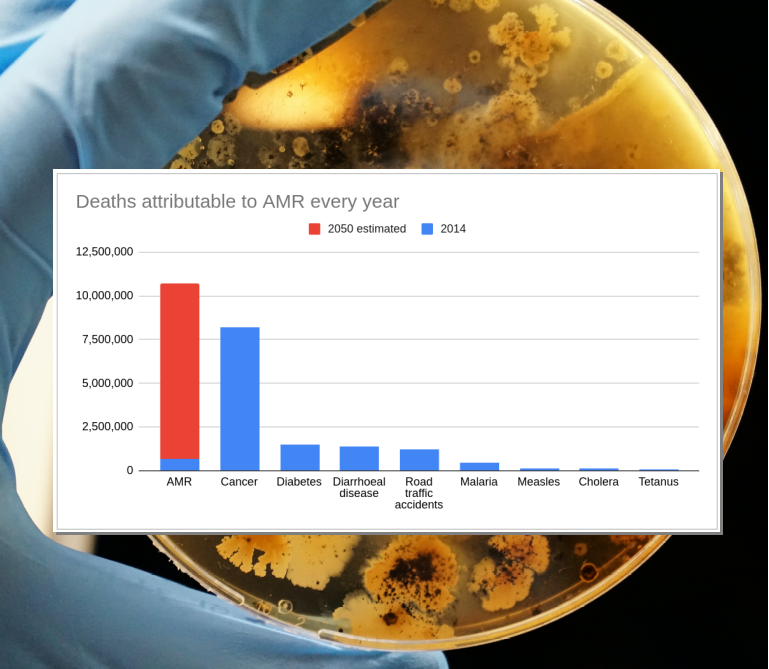
The global response to AMR (not enough)
Antimicrobial resistance is acknowledged globally as a significant macro threat. But how effective are national action plans?
Summary: Researchers have found substantial variability in the strategic responses to antimicrobial resistance (AMR) from governments across the globe. The conclusion is that the international response is currently not enough given the severity and scale of AMR. National Action Plans (NAPs) were particularly lacking in education, accountability and feedback mechanisms which can improve policy direction and implementation over time.
Why this is important: Low Income, Middle Income Countries (LIMIC) are disproportionately impacted by AMR and may not have enough funding without support from foreign donors, philanthropies and other blended finance. Health equity is mentioned more frequently in NAPs from LIMIC and less in higher-income regions even though they have the capability to increase access to medicines in those LIMIC regions.
The big theme: Antimicrobial Resistance (AMR) is a macro threat to the sustainability of the human race and other species. It is of a similar level to that of the worst impacts of climate change or biodiversity loss and is inextricably linked. Bringing together biological, behavioural, and physical solutions with appropriately incentivising funding we should be able to continue to enjoy the benefits of our microbe partners whilst avoiding their darker side. This is potentially a massive, if complex, theme for those who care about sustainability; the potential goes well beyond the pharmaceutical industry.

The details
Summary of a research paper from The Lancet
Researchers from the Global Health Governance Programme at the University of Edinburgh reviewed the contents of NAPs from 114 countries looking at policy design, implementation tools and monitoring and evaluation. The NAPs reviewed were those included in the WHO Tripartite Antimicrobial Resistance Country Self-Assessment Survey (TrACSS) 2020-2021.

